
Thousands of Black Kites (Milvus migrans) are currently held up on the European shore of the Strait of Gibraltar. This is normal at this time of the year when strong easterly winds may blow for days on end, making a crossing of the sea impossible. The birds attempt to cross but have to give up, landing on the ground or anywhere safe and suitable. The following day the attempt is repeated, this time with more birds that have arrived from the north. As the days go by, the accumulation reaches spectacular dimensions. So does the day the wind finally calms down and a river of raptors flows from one continent to another.
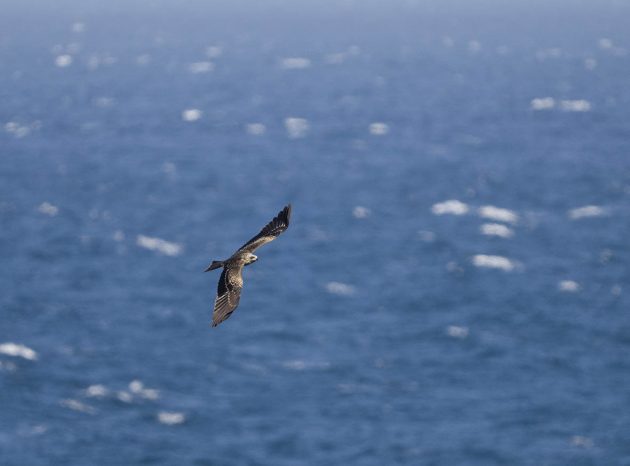
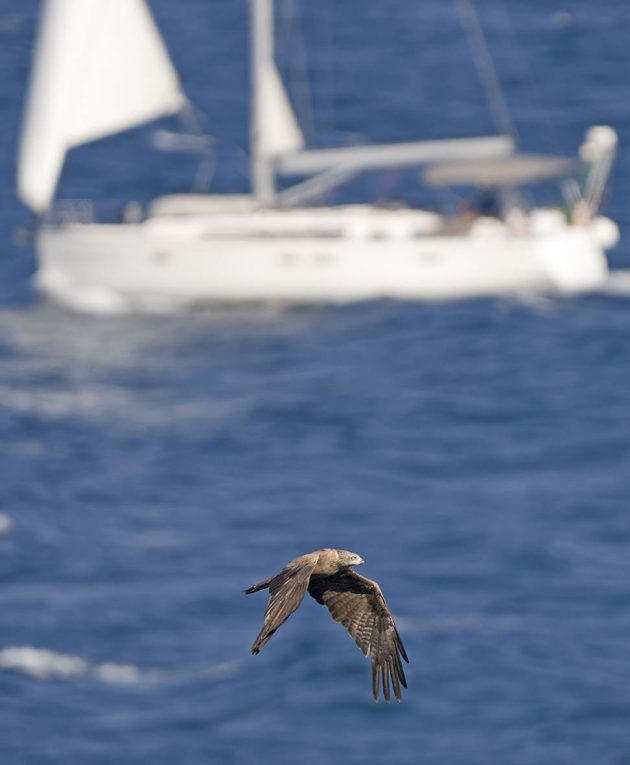
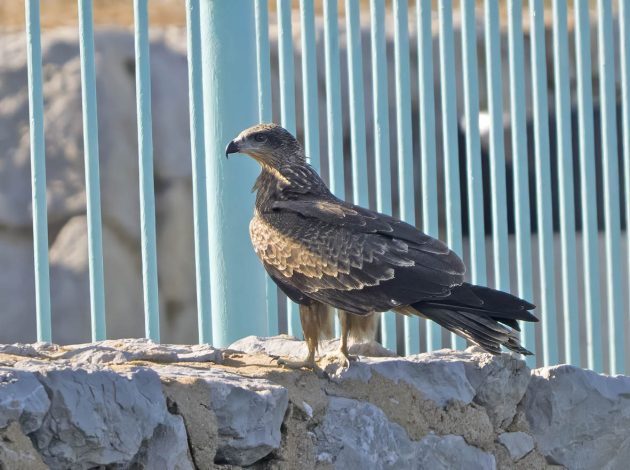
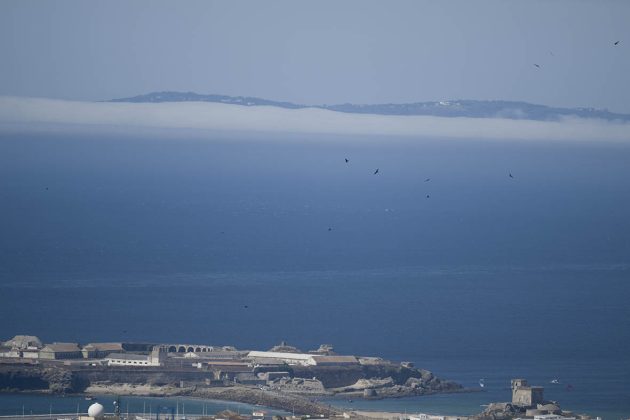
The idealised scheme of raptors soaring on thermals on one side of the sea and then gliding effortlessly to the other shore only happens on calm days or with light winds. Like so many aspects of natural history, the exception is very often the rule. This is certainly the case in the Strait of Gibraltar where winds from the east or the west regularly force raptors to land or to make the crossing by flapping and not gliding, a dangerous tactic that doesn’t always end well for the birds.
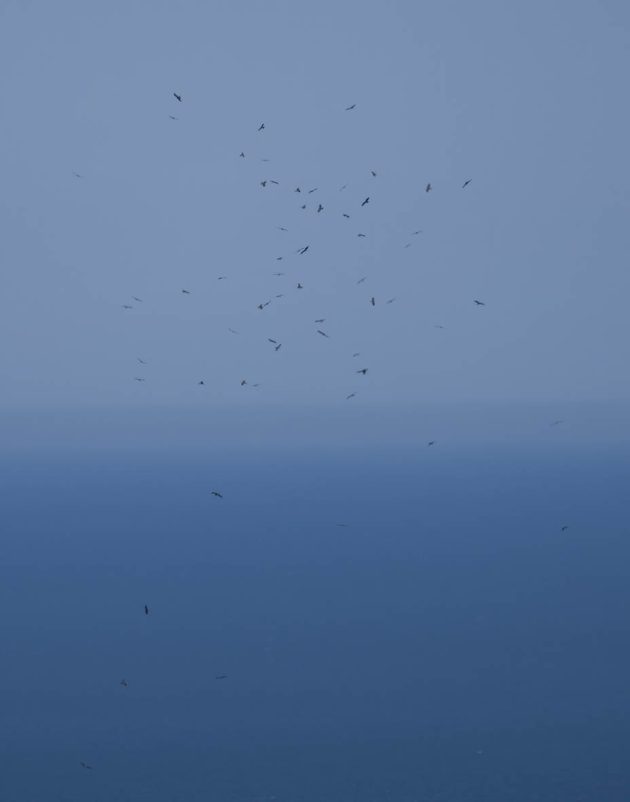
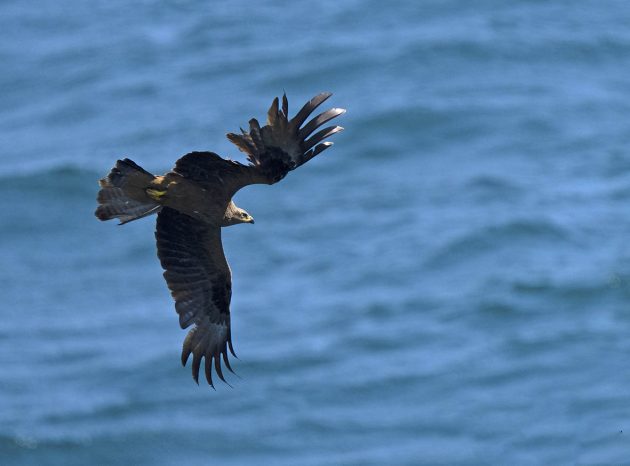
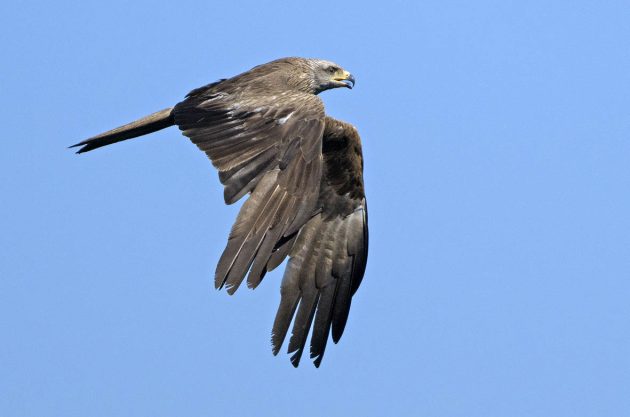
The first contingents of Black Kites are birds from the Iberian Peninsula. They arrived in February and are now escaping the summer dry season. The adults start the moult in the breeding grounds, so many pass with some freshly-moulted flight feathers but most are in tatty condition at the end of the breeding season. This adds to the difficulty of getting across to the other side and shows just how much pressure these birds are under in order to complete their migration schedule. In contrast, the juveniles are in fresh plumage with a beautifully scalloped pattern of golden-fringed back, upper wing and upper tail coverts, but they are new at the job and will make life-costing mistakes.
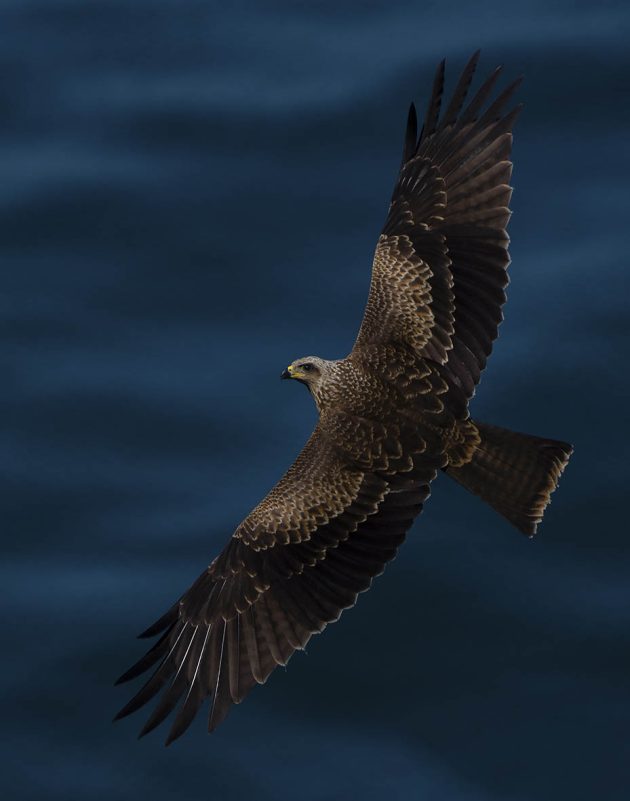
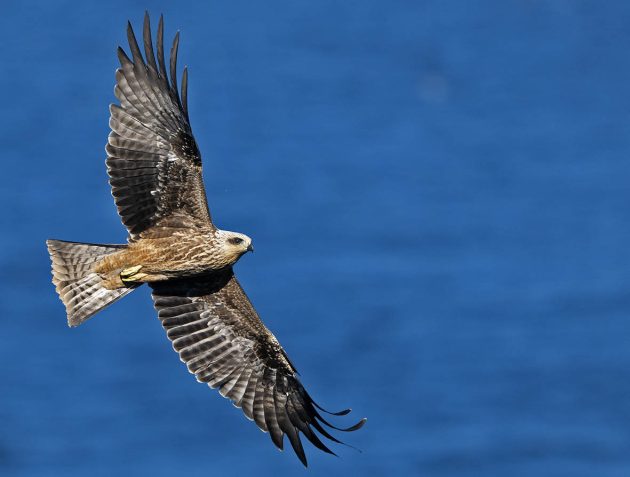
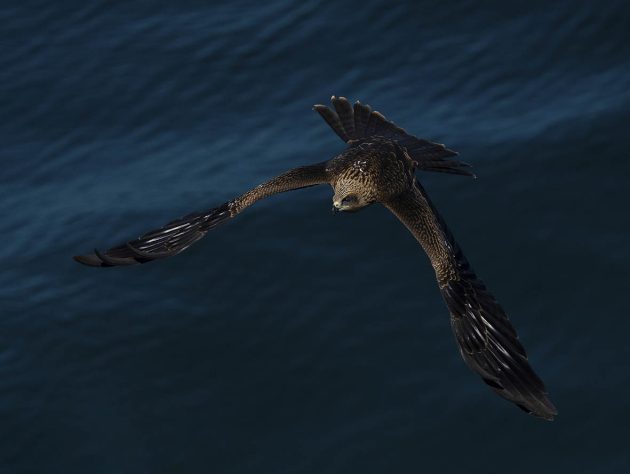
It never ceases to amaze me how these juveniles, only eggs a short while ago, are ready to make the arduous journey with all its hazards. From here they need to circumvent the Atlas Mountains, then cross the Sahara Desert before reaching their destination in the Sahel, where their arrival coincides with the onset of the rains. Black Kites are the first raptors to head south. Over the coming months, we will be treated to a spectacle as different species make their way south.
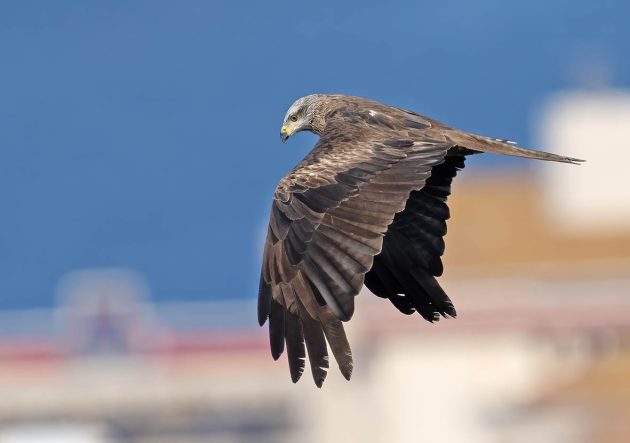






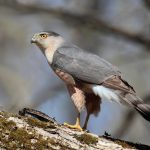
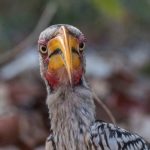
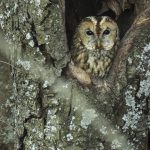
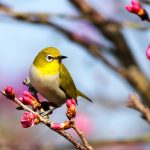


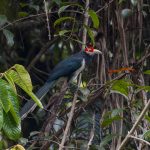
I sometimes wish I was at the same locations where Clive takes his photos … but then I think my photos would not be as good as his anyway …
I’m sure they would be, Kai!
Next month, we’ll start raptor watches in Toronto. It’s so exciting to watch these magnificent birds on the move. Your pictures capture their essence beautifully.
Good luck with the migration! Yesterday we had 25.5k black kites and 16.5k white storks! It was breathtaking and I’ll likely talk about it in my next post, this Sunday.